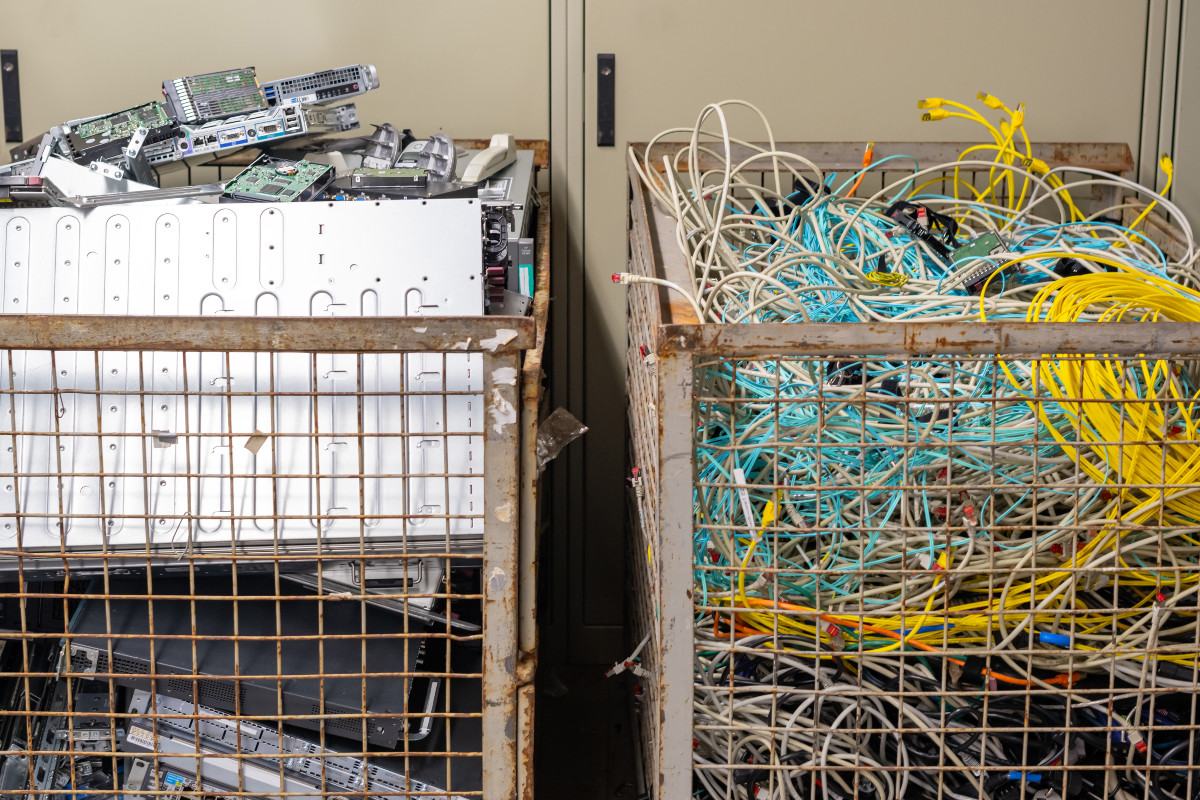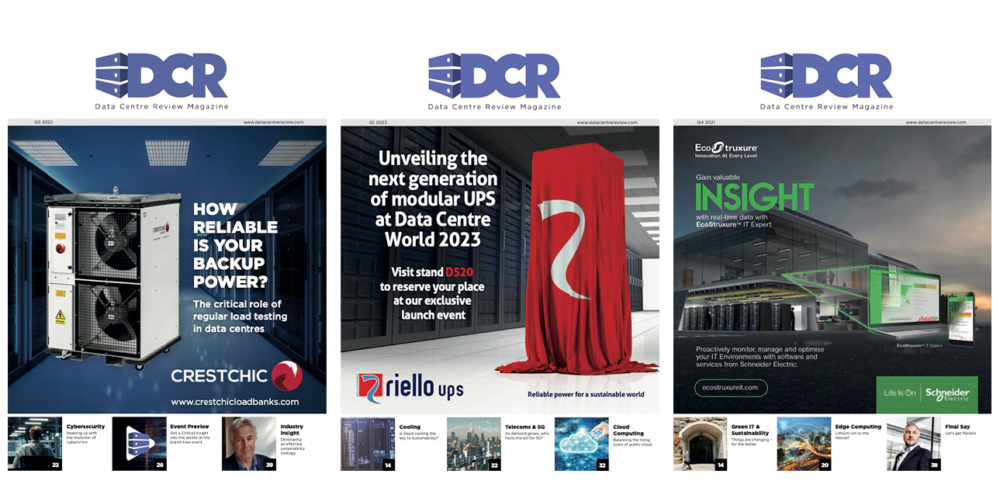With AI demand driving a surge in data centre build-out and hardware refreshes, Peter Miller, Sales Manager at ETB Technologies, explores how refurbished technology can help operators tackle rising carbon footprints, ballooning costs and mounting e-waste.
I’m sure it doesn’t come as a shock when I say AI isn’t going anywhere, not anytime soon at least. It’s on our screens, in our jobs and our homes – from chatbots and virtual assistants to AI-powered fridges and smart mirrors. But more AI means more processing power and, inevitably, more data centres.
Research by Barbour ABI found that the number of UK data centres is expected to increase by almost 21% due to the growth in AI. While it’s a logical response to increasing demand, it has also raised concerns.
Data centres are energy-hungry facilities, consuming huge amounts of power and water for cooling. Each AI-powered search or image generation may seem small in isolation. But at scale, they add up to a serious strain on national power grids and a significant increase in carbon emissions – which means higher consumer costs. Not to mention the production of new technology can be incredibly energy-intensive and wasteful, contributing to one of the fastest growing solid waste streams in the world, e-waste.
For data centre managers, the challenge is just as much financial as it is environmental. Rising energy costs make the facilities more expensive to run, all the while regulators and customers continue to push for lower emissions – it’s a catch-22.
But one solution is beginning to attract serious attention: refurbished technology.
The sustainability case for refurbished
When sourced from a reliable supplier, refurbished equipment is just as good as new. Concerns about reliability or power simply don’t stand up, but the sustainability case absolutely does.
All credible suppliers will have conducted extensive quality checks and testing to ensure the kit is working as it should. Not to mention much of it has never been used at all, usually as a result of it being excess inventory.
Extending the lifecycle of existing hardware reduces the need for constant manufacturing of new components. That not only lowers demand for raw materials, it also cuts down on e-waste and reduces the carbon footprint that comes with production and shipping. In fact, research from Cranfield University found that remanufactured laptops produce only 6.34% of the CO2 emissions of new products. That’s more than 15 times less CO2 compared to a new laptop. For data centres trying to scale, those numbers matter.
By making a simple switch to refurbished technology, IT managers could significantly lower the overall carbon footprint of their facilities, without sacrificing performance or resilience.
But can it keep up with AI workloads?
In a world where data centres are becoming ever more central to the world’s digital infrastructure; high processing speeds, performance and reliability are critical.
While in the past, some have questioned refurbished technology’s ability to keep up with the demands of AI workloads. In reality, refurbished servers, networking gear and storage systems are highly effective – especially when used strategically across hybrid infrastructures.
Balancing the books
But beyond power and sustainability, the business case is just as compelling. The last few years haven’t been easy on businesses. Plagued by ongoing uncertainty and rising cost pressures, many data centre managers are running on razor-thin margins.
Organisations have had to be nimble and quick on their feet to adapt to the spike in growth. But with a bit of strategic thought, there’s no reason doing so has to break the bank.
While refurbished technology isn’t a silver bullet, it is a practical way of upgrading your infrastructure reliably, sustainably and without the hefty price tag that comes with new equipment. And, by saving on hardware, it frees up resources to be reinvested into other areas of the business – such as renewable energy integration, advanced cooling systems or AI-driven optimisation tools.
Refurbished is the road to more sustainable operations
Choosing refurbished technology is more than a cost-saving tactic – it’s a practical and immediate step towards more sustainable operations. While it may not solve all your problems, it does play a vital role in reducing environmental impact and meeting customer expectations for lower emissions.
As AI adoption accelerates and the number of data centres continues to expand, our industry faces growing pressure to operate responsibly. By integrating refurbished options into your broader sustainability strategy, you can reduce waste, optimise resources and demonstrate your commitment to both your customers and the planet – all within budget.


